11 Beautiful Plants Perfect for Drought-Prone Gardens
If you are looking to create a beautiful garden in dry soil, drought-tolerant plants are the way to go. These plants are not only tough but also provide vibrant color and texture even in the harshest conditions. They are designed to thrive with minimal water and can withstand the challenges of heat and dry spells. By choosing the right plants, you can enjoy a stunning garden without worrying about constant watering. In this article, we will explore beautiful drought-tolerant plants perfect for dry soil gardens.
This post may contain affiliate links, which helps keep this content free. Please read our disclosure for more info.
Lavender (Lavandula angustifolia)
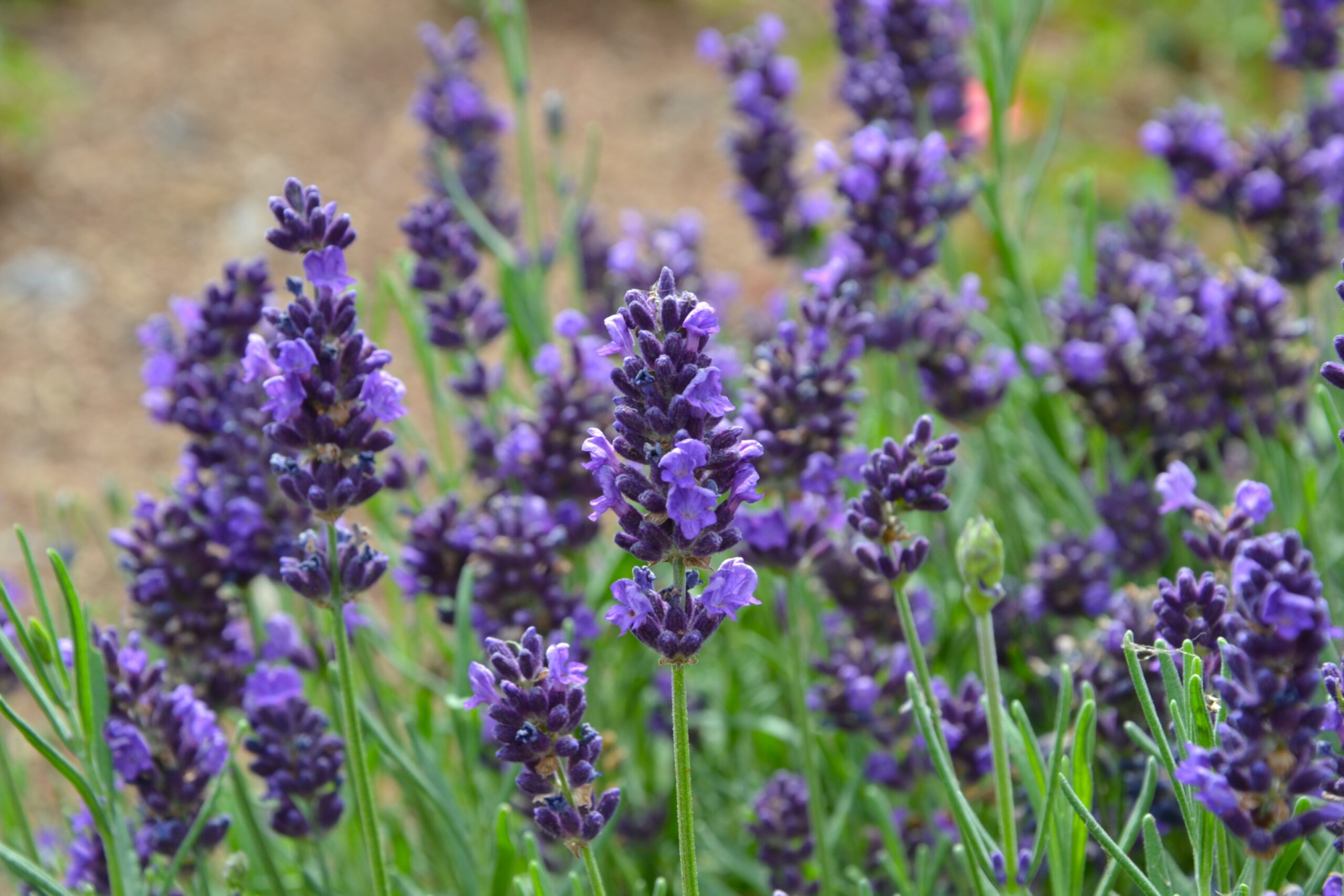
Lavender is a popular choice for dry soil gardens due to its ability to thrive in well-drained, arid conditions. This fragrant herb has deep, extensive roots that allow it to access moisture from lower soil layers, making it highly drought-resistant. It also has silvery-green leaves that reduce water loss through transpiration, allowing it to endure long dry periods. To care for lavender, plant it in full sun and ensure the soil is not too rich, as it prefers lean soil for better flowering.
Lavender generally takes around 2 to 3 months to establish itself, but once mature, it can survive with minimal watering. Water the plant sparingly and avoid overhead watering, which can cause mildew. It is important to trim the plant annually to maintain its shape and encourage new growth. Lavender’s low-maintenance nature and long-lasting fragrance make it a beautiful addition to any dry soil garden.
Black-Eyed Susan (Rudbeckia hirta)
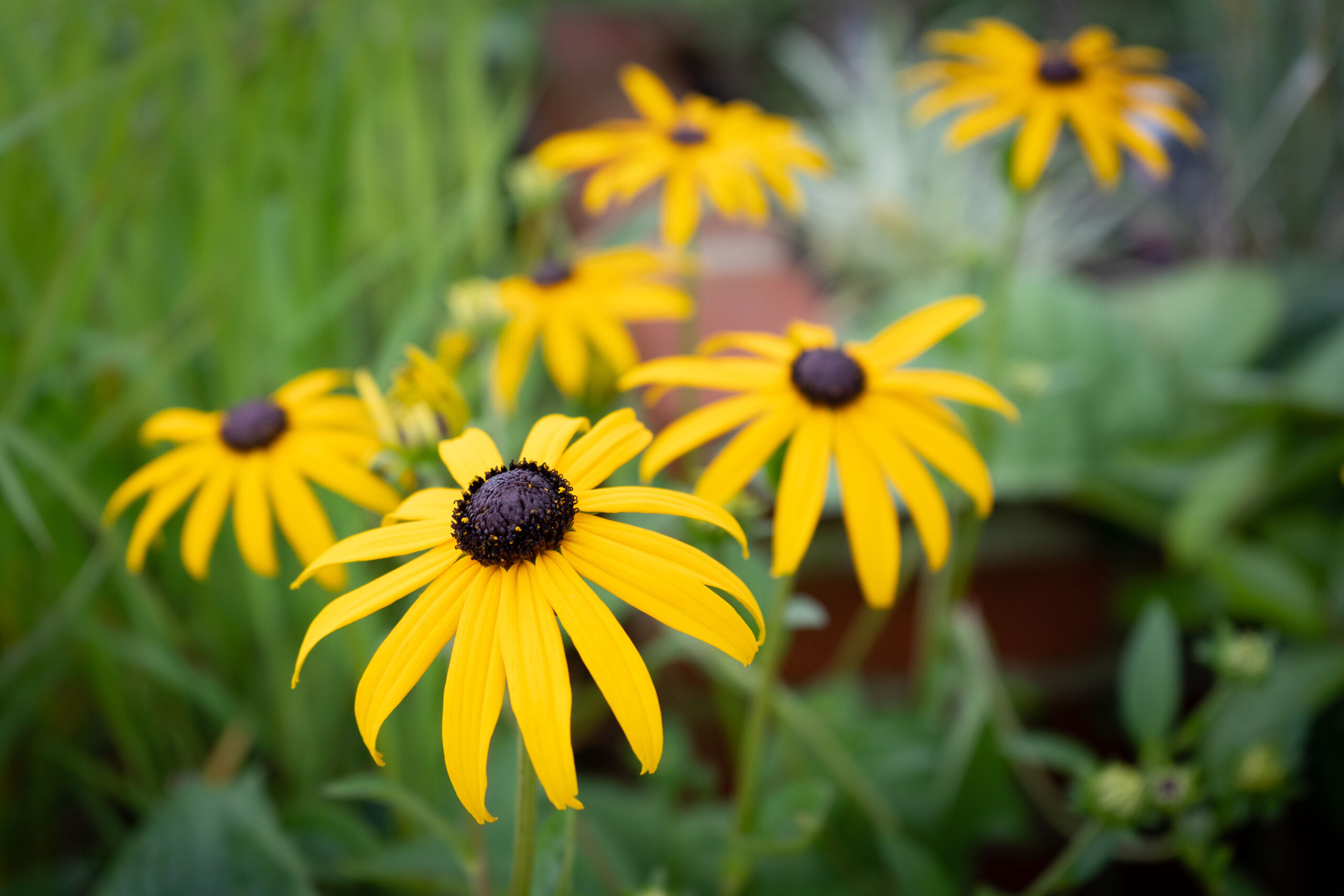
Black-eyed Susan is an excellent drought-tolerant plant that thrives in dry, well-drained soil. Known for its vibrant yellow petals and dark centers, it adds cheerful color to any garden. The plant has a deep taproot, which allows it to access moisture deep in the soil, making it resistant to dry conditions. To care for Black-eyed Susan, plant it in a sunny spot and provide occasional watering until it is fully established.
Once the plant matures, it can grow rapidly, taking about 3 to 4 months to reach full bloom. It requires minimal watering once established, thriving in poor soil without much care. Deadheading spent flowers encourages more blooms and helps maintain the plant’s tidy appearance. This hardy perennial blooms through the summer into early fall, making it a perfect choice for adding both beauty and drought tolerance to a dry soil garden.
Agave (Agave spp.)
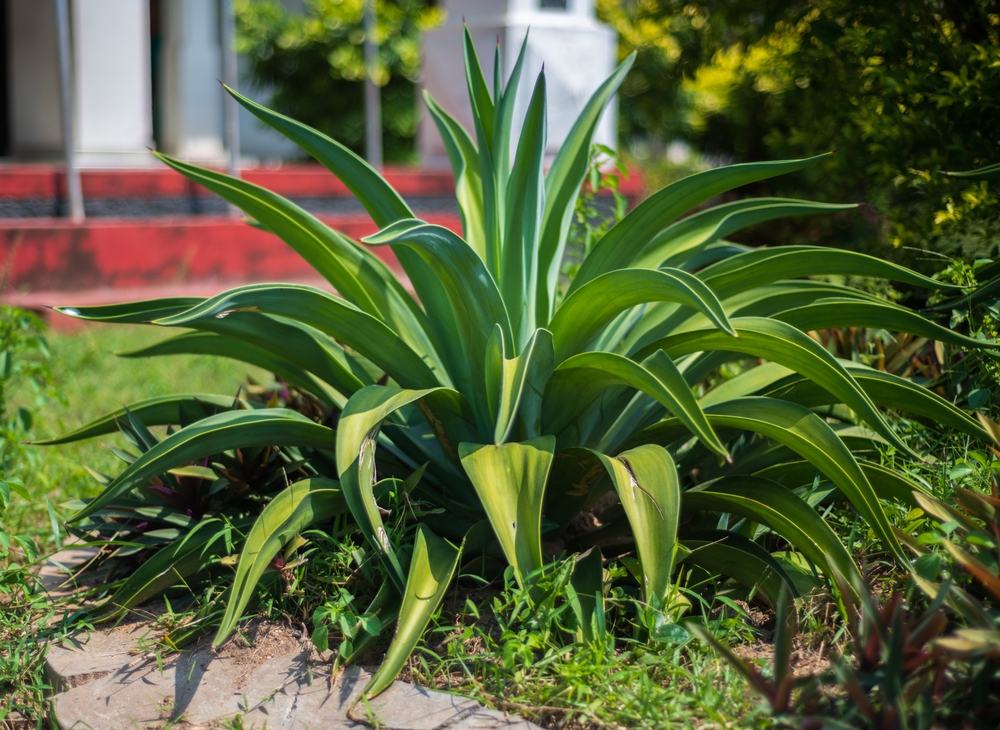
Agave plants are well-known for their ability to survive in some of the driest conditions. Their thick, fleshy leaves store water, allowing the plant to endure prolonged periods of drought without wilting. Agave is ideal for dry soil gardens because it thrives in low-water conditions and poor, sandy soil. It is best to plant it in full sun, and it will perform well in well-drained soil with minimal watering.
Agave plants can take several years to reach full maturity, depending on the species. However, they require very little maintenance once established. Water only when the soil has completely dried out, as overwatering can lead to root rot. This succulent’s bold appearance and resilience make it a perfect addition to dry gardens, and it can live for many years with little attention.
Russian Sage (Perovskia atriplicifolia)
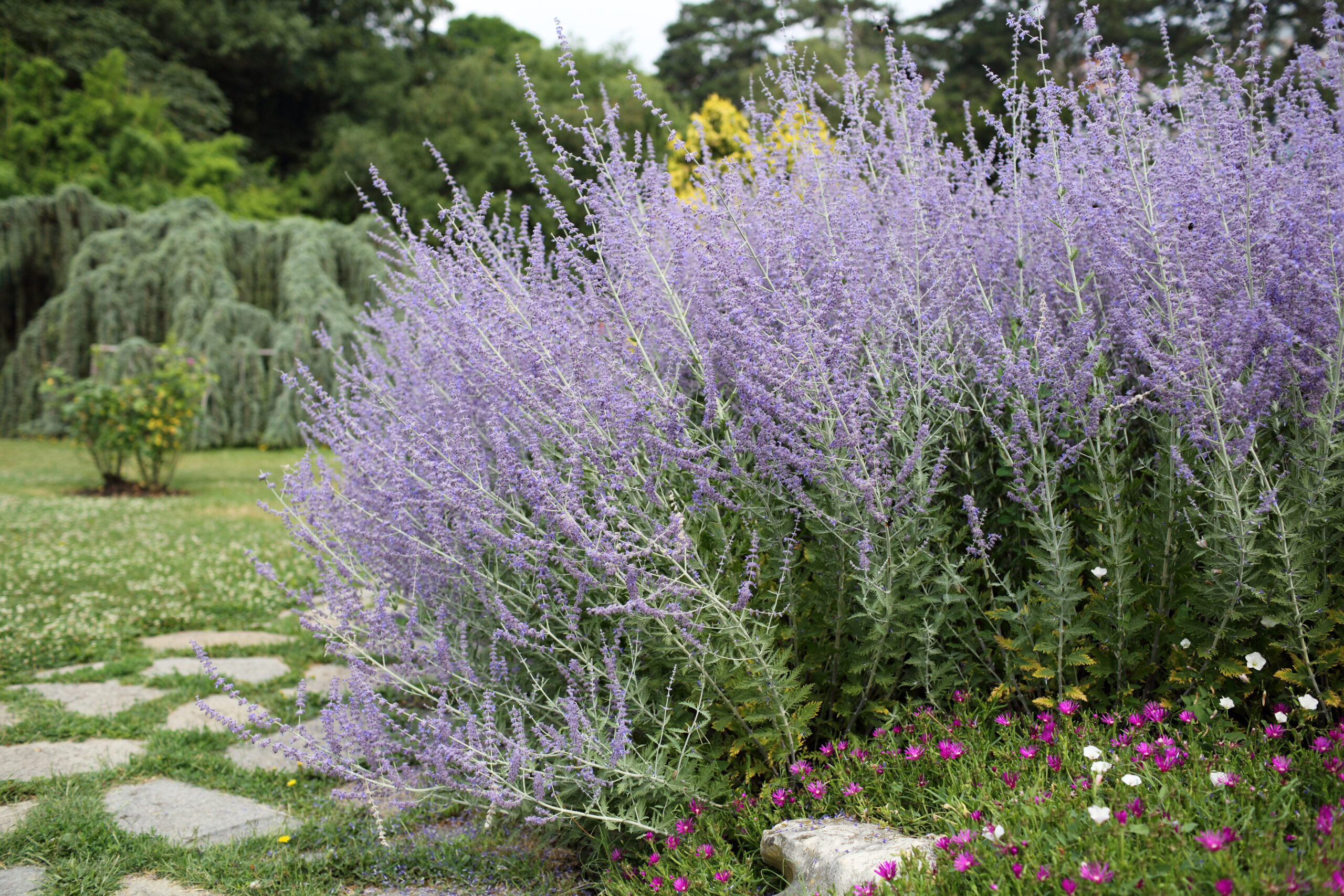
Russian Sage is an excellent drought-tolerant perennial that thrives in dry, gravelly soil. It is highly regarded for its silvery-green foliage and tall, spiky lavender-blue flowers that bloom through the summer. The plant has deep roots that help it survive periods of drought by accessing water deep in the soil. It prefers full sun and well-drained soil, making it an ideal candidate for dry soil gardens.
Russian Sage can take about 2 to 3 months to establish itself, but once it is mature, it requires little watering. Pruning the plant back in early spring encourages better growth and shape. This plant is highly resistant to pests and diseases, making it a low-maintenance option for gardeners. Russian Sage’s ability to flourish in dry conditions while offering beautiful blooms makes it an outstanding choice for any garden struggling with water limitations.
Blanket Flower (Gaillardia pulchella)
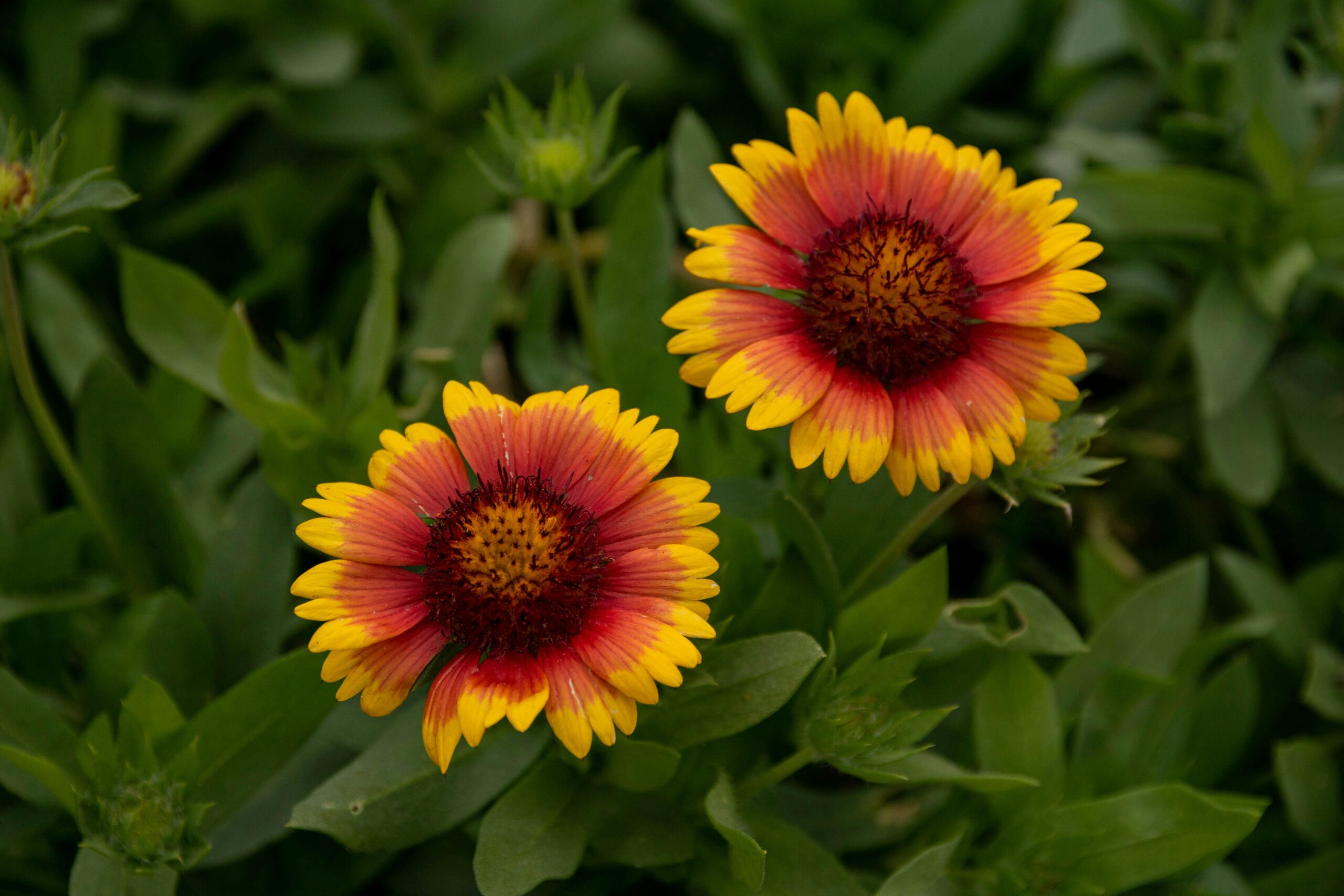
Blanket flower is another fantastic option for dry soil gardens, known for its striking, vibrant blooms. The plant is particularly drought-resistant because of its deep roots and tough, leathery leaves that help conserve moisture. It thrives in full sun and well-drained soil, making it a perfect choice for dry, sandy, or gravelly soils. To care for blanket flower, plant it in a location with ample sunlight and water only when the soil has dried out completely.
Once established, blanket flowers will continue to bloom throughout the summer and into fall, providing consistent color to your garden. It typically takes around 2 to 3 months for the plant to establish itself fully, and once it is settled, it requires minimal attention. Deadheading the flowers will encourage new blooms, and the plant generally does not need fertilizer. Its long-lasting, vibrant flowers and minimal care requirements make it an excellent addition to a dry soil garden.
Yarrow (Achillea millefolium)
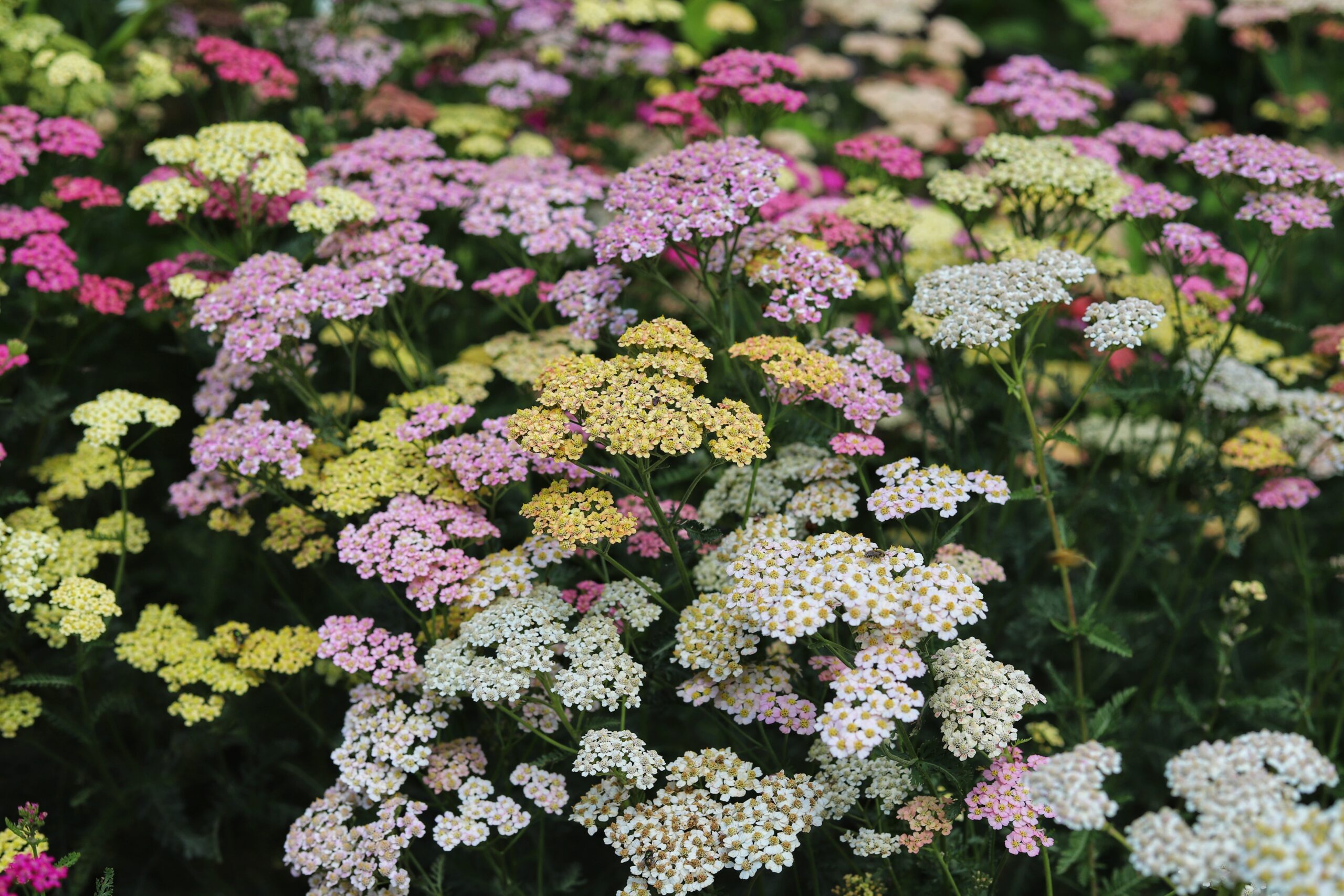
Yarrow is a tough, drought-tolerant perennial that thrives in dry, well-drained soils. Its deep, fibrous roots help it endure dry conditions by efficiently storing moisture and reducing water loss. Yarrow’s fine, feathery foliage and colorful, flat-topped flowers add texture and interest to any garden. To care for yarrow, plant it in full sun and well-drained soil. Once established, it is low-maintenance and requires minimal watering.
Yarrow takes around 2 to 3 months to establish itself, after which it can handle long periods of drought. It does well with occasional watering but does not require regular attention. Deadheading the flowers encourages more blooms and helps keep the plant tidy. This hardy perennial thrives in poor soil and offers vibrant colors, making it an ideal choice for dry soil gardens.
Sedum (Sedum spp.)
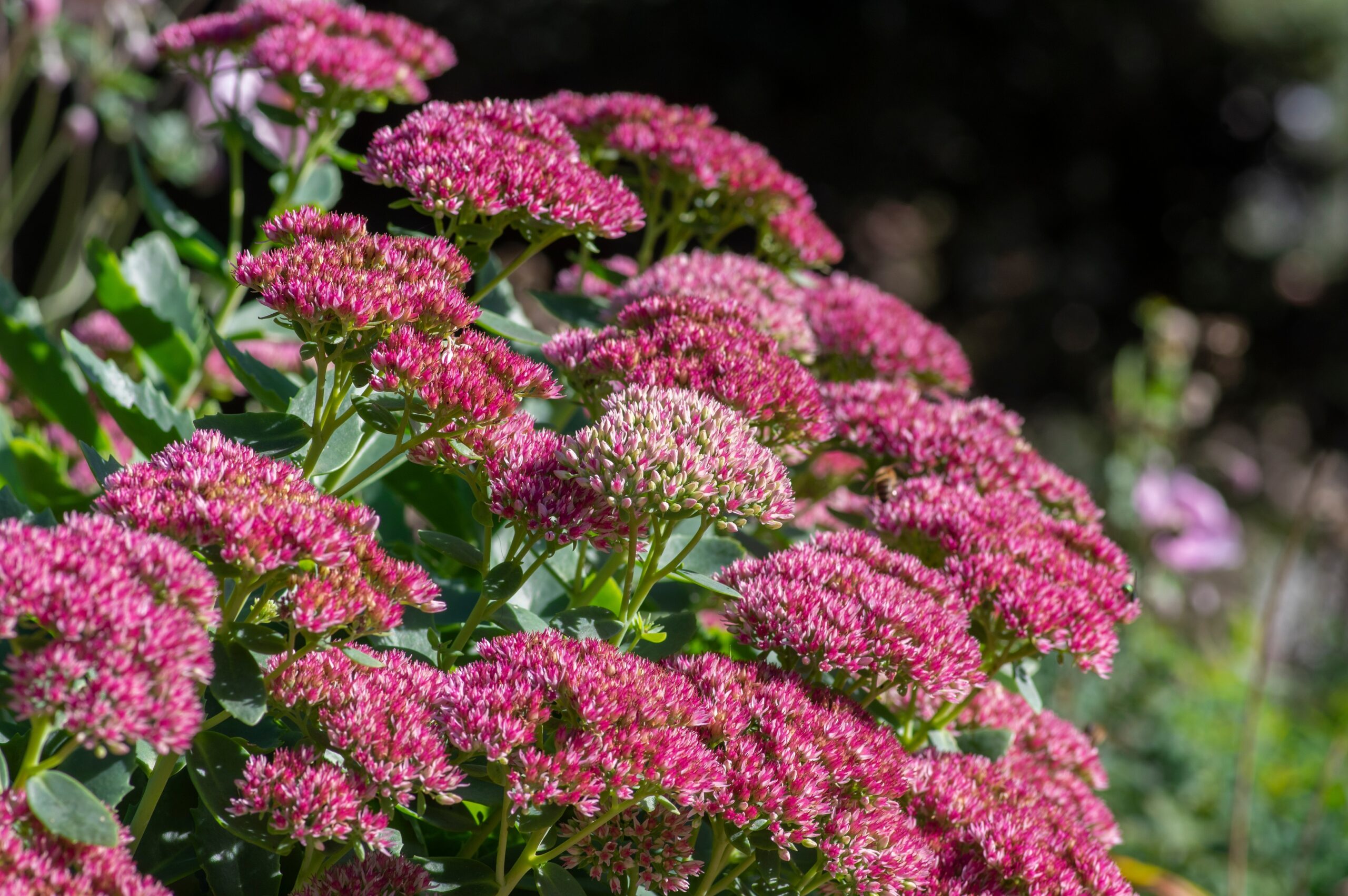
Sedum, also known as stonecrop, is a versatile and drought-tolerant succulent that thrives in dry, sandy soil. Its thick, fleshy leaves store water, enabling it to survive extended periods without rain. Sedum plants prefer full sun and well-drained, low-fertility soil, making them perfect for dry soil gardens. They are highly adaptable and can handle the harsh conditions of dry climates.
Sedum generally takes 1 to 2 months to grow, establishing itself quickly once planted. After it is established, it requires minimal water and thrives in poor soil. To keep it healthy, water sparingly and allow the soil to dry out completely before watering again. With its bright, star-shaped flowers and drought resistance, sedum is an excellent addition to any dry garden.
Coneflower (Echinacea purpurea)
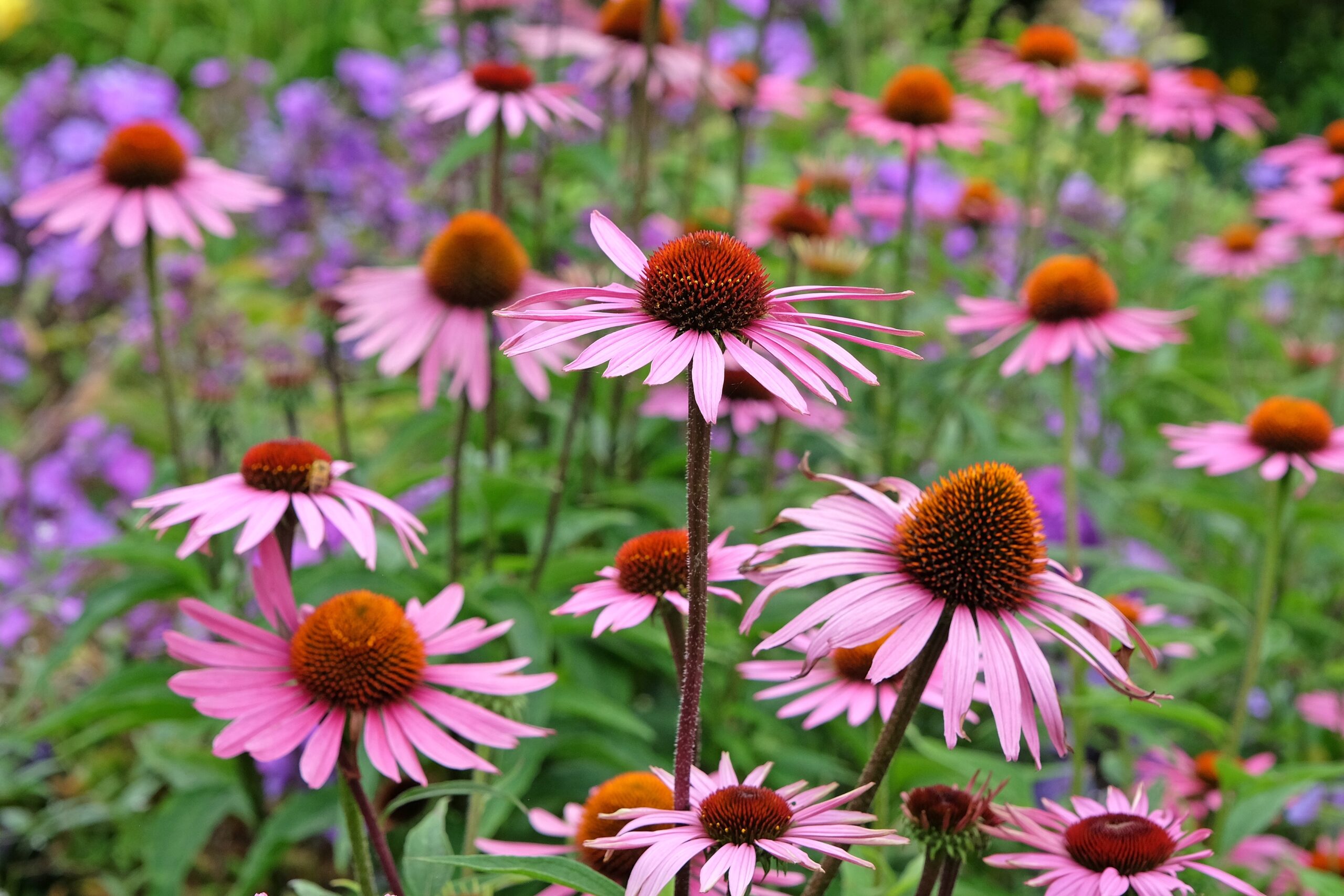
Coneflower is another drought-tolerant perennial that thrives in dry, well-drained soil. It is known for its large, daisy-like flowers with bright purple petals and prominent, cone-shaped centers. This plant’s deep root system helps it access moisture deep in the soil, allowing it to survive dry spells. Coneflower also attracts pollinators such as bees and butterflies, making it a beneficial addition to any garden.
It takes about 2 to 3 months for coneflower to establish itself, and once mature, it requires minimal watering. While the plant can survive on little water, it will benefit from occasional watering during extended dry periods. Deadheading the flowers encourages more blooms and maintains the plant’s shape. Coneflower’s ability to thrive in dry conditions and its colorful blooms make it a perfect plant for dry soil gardens.
Euphorbia (Euphorbia spp.)
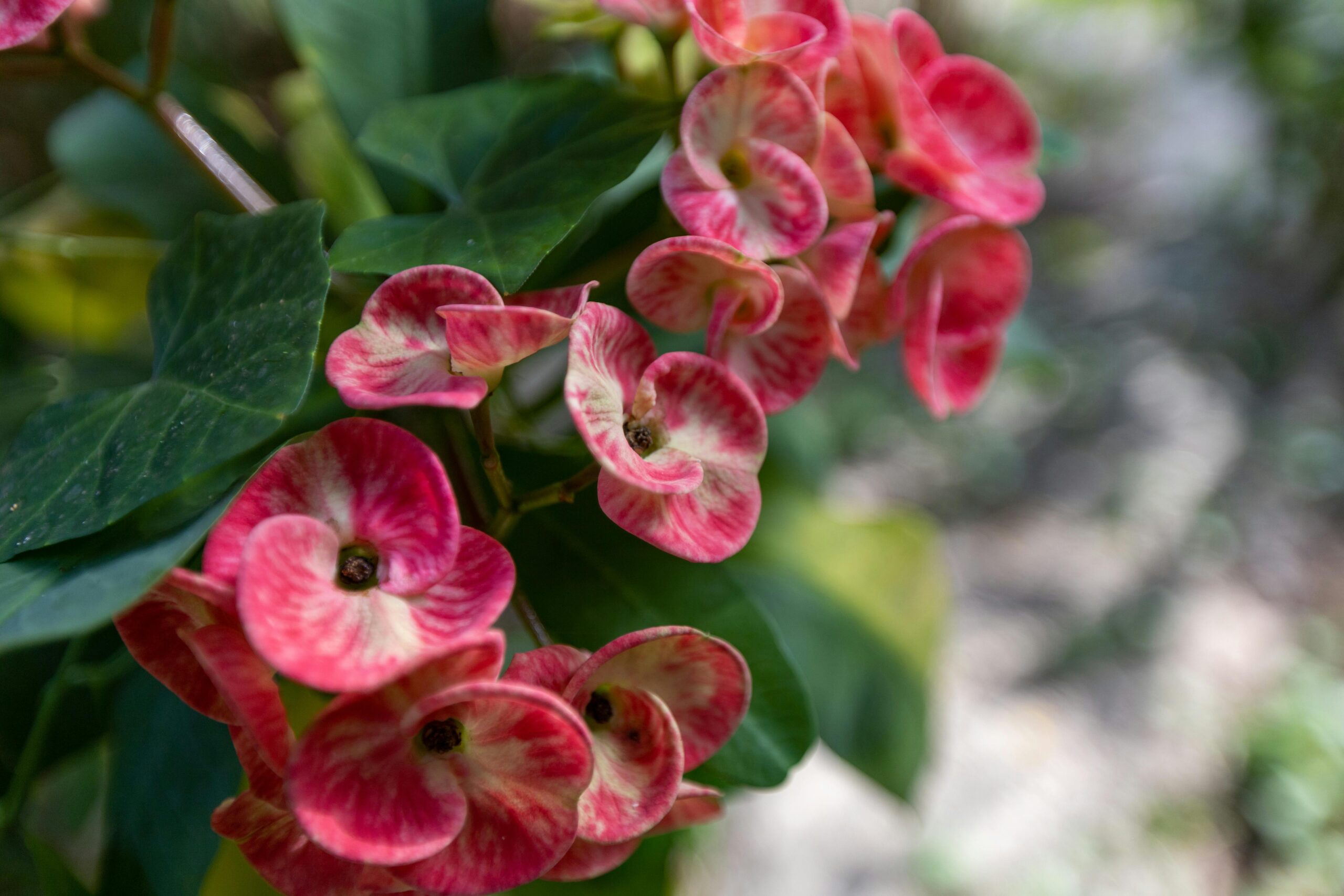
Euphorbia is a diverse genus of drought-tolerant plants that thrive in dry, well-drained soil. Known for its unique foliage and striking flowers, euphorbia can tolerate a wide range of soil types and growing conditions. Its thick, waxy leaves help reduce water loss, while its deep roots allow it to access moisture deep in the soil. Euphorbia prefers full sun and well-drained soil, and it does well in dry conditions once established.
Euphorbia takes around 2 to 3 months to establish itself in the garden, after which it requires minimal watering. It is a low-maintenance plant that can survive on rainfall alone once mature. It can be pruned back in early spring to encourage new growth. With its unique shape and drought resistance, euphorbia adds an interesting focal point to any dry soil garden.
Sagebrush (Artemisia tridentata)
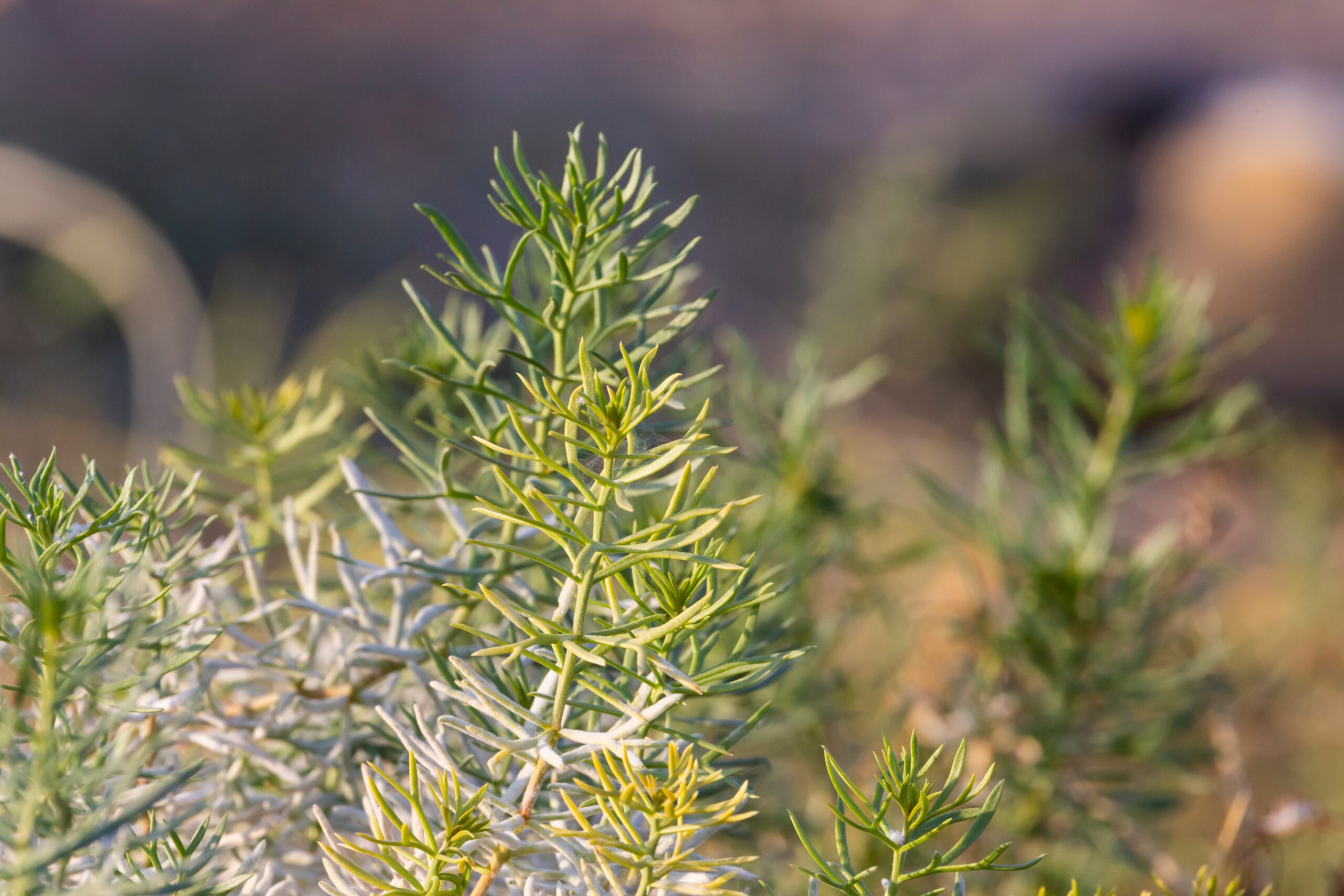
Sagebrush is a tough, drought-tolerant shrub that thrives in dry, arid conditions, making it perfect for dry soil gardens. Its silver-gray foliage and distinctive scent make it a unique addition to any garden. Sagebrush is highly resistant to drought due to its deep root system, which can access moisture deep in the soil. It is ideal for poor, sandy, or rocky soils, and it requires very little watering once established.
Sagebrush takes around 2 to 3 months to become established, after which it is virtually self-sustaining. Water it sparingly and avoid overwatering, as it prefers dry conditions. This hardy shrub can survive in full sun and poor soil, making it a perfect choice for low-maintenance gardens. Sagebrush’s distinctive look and resilience to drought make it a standout in any dry soil landscape.
Desert Marigold (Baileya multiradiata)
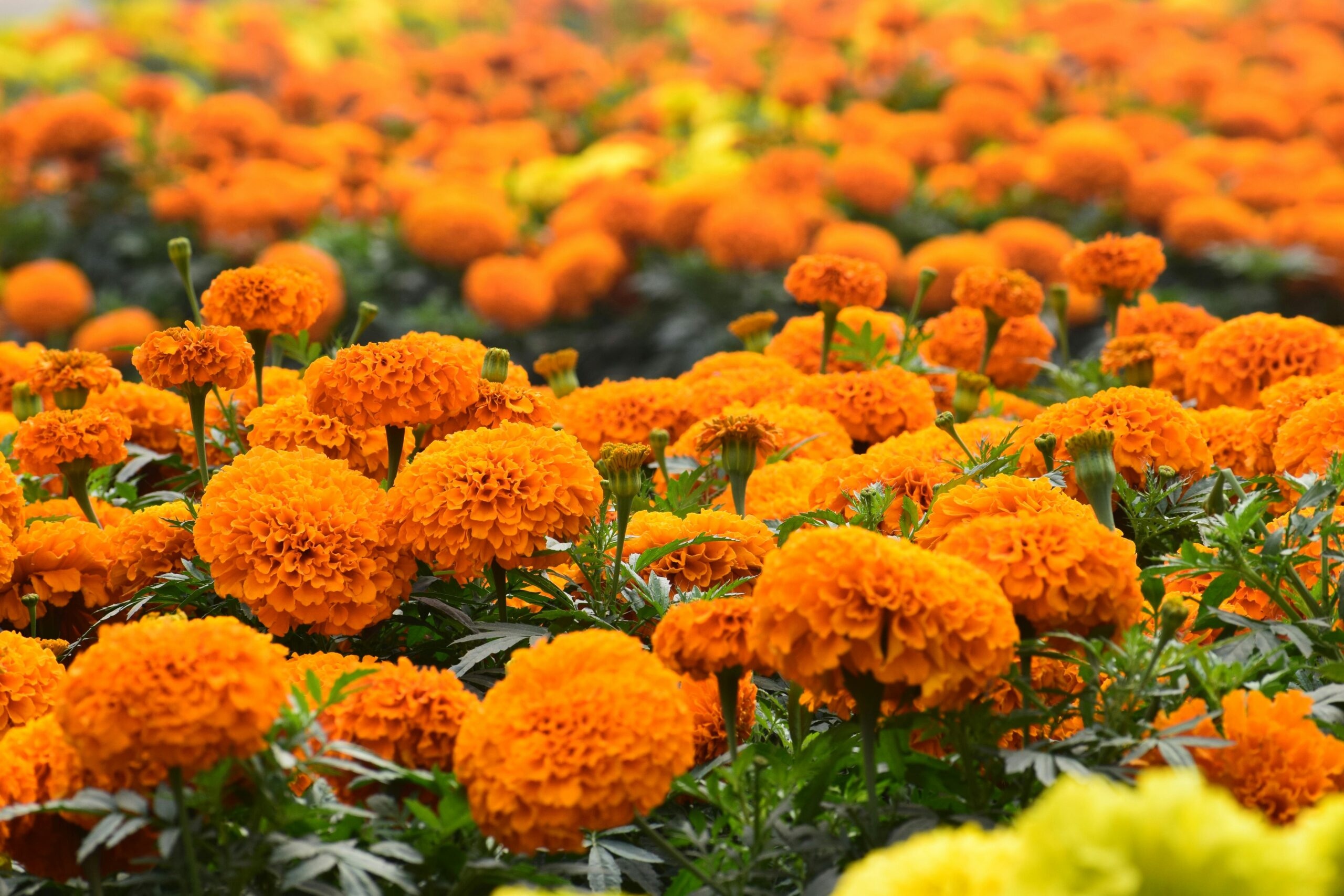
Desert Marigold is a vibrant, drought-tolerant perennial that thrives in dry, rocky soils. Known for its bright yellow, daisy-like flowers, this plant adds a pop of color to any dry garden. Its deep taproot helps it survive in arid conditions, making it an excellent choice for low-water gardens. Desert Marigold prefers full sun and well-drained, poor soil, which allows it to flourish without much care.
It generally takes 2 to 3 months for Desert Marigold to become established. Once mature, it requires very little water and is highly resistant to drought. Deadheading the flowers encourages more blooms and helps keep the plant neat. Its long-lasting flowers and low-maintenance nature make Desert Marigold an ideal choice for dry soil gardens that need bright, cheerful color with minimal effort.
This article originally appeared on Avocadu.
